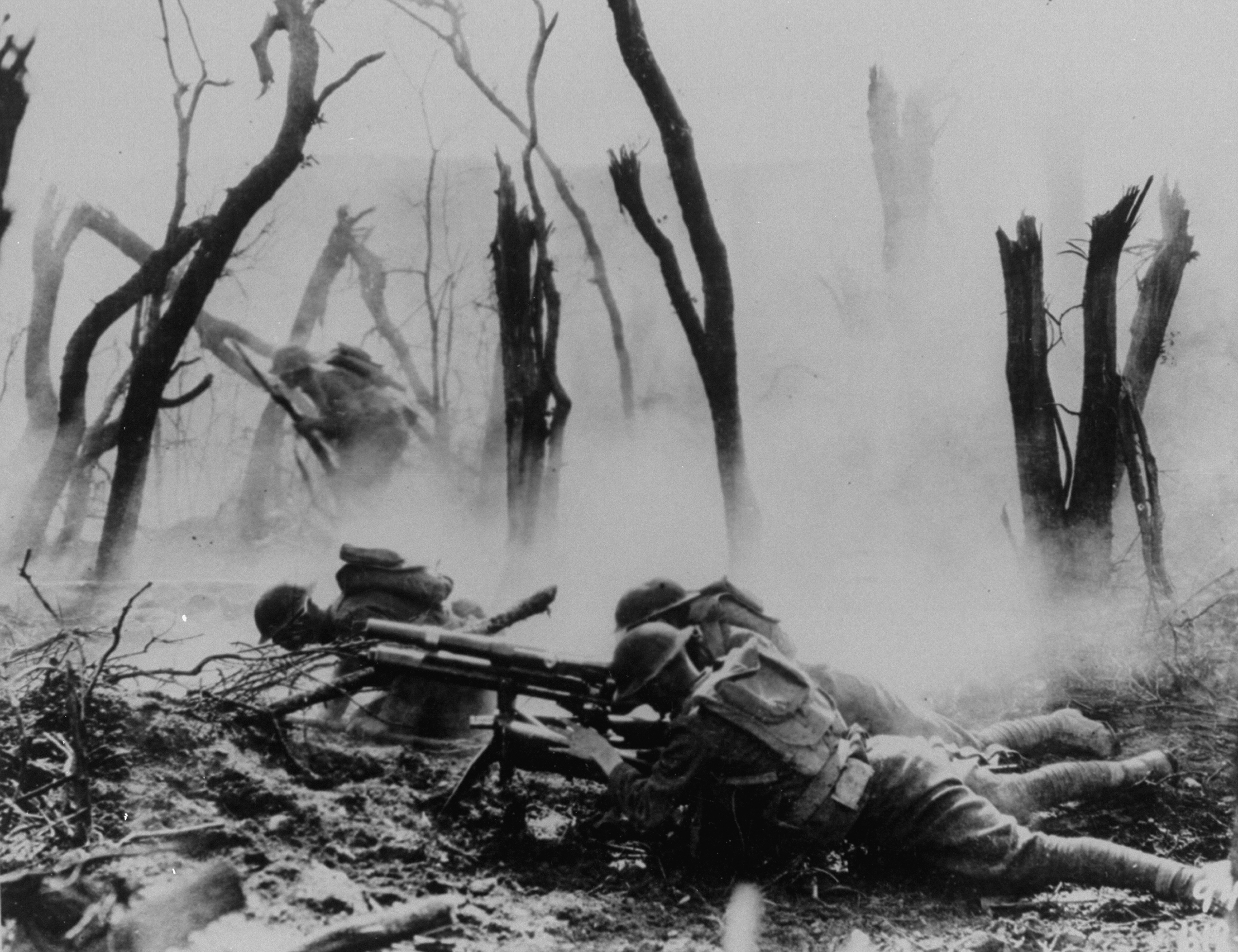In PLV (mechanical ventilation), oxygen - carrying fluids - is dripped through the lungs into the lungs of the patient. In this article I will describe how PL V is used today and how patients who receive it can be cared for. The currently preferred liquids are liquids with oxygen and carbon dioxide bearing properties (e.g. liquid oxygen, liquid carbon monoxide). Perflubron helps to open collapsed alveoli, increase gas exchange and improve lung conformity so that the ventilator can operate at the same level it reaches. This improved conformity allows ventilation with increased tidal volume, resulting in increased gas exchange and PFC fluids in the lungs, which can contribute to improved ventilation and mismatch of the perfusion. ...

Also known as the Great War, World War I was a
global conflict fought mainly by the United States, France, Germany,
Italy, Austria-Hungary and the Ottoman Empire. It began on 1 October
1914 after the assassination of Franz Ferdinand a month earlier and
ended on 11 November 1918 with the signing of an armistice. One of the
best documented conflicts in history, but how much do we know about the
First World War?
Many people assume that the war
originated directly from the alliance structures that welded the major
European powers together in 1914, but what was known at the time has
since been confirmed and is now more commonly referred to as the Second
World War, the Great War or even the Second World War.
The German invasion of Austria-Hungary
in the summer of 1914, the defining moment of which was the Battle of
the Somme and the beginning of the First World War.
The world war began in 1914 after the
assassination of Archduke Franz Ferdinand and lasted until 1918. The
conflict was waged by the Allies against Germany, France, Great Britain,
Austria-Hungary, Russia, the United States and the Ottoman Empire.
These events have produced a historical force and process that have been
smouldering in Europe for many years.
World War I cost billions of dollars and
killed millions of people in the United States, Germany, France,
Britain, Austria-Hungary, Russia, and the Ottoman Empire, killing more
than 2.5 million people, mostly civilians. Although the war was over and
all allied powers claimed victory, millions more died, mainly
civilians, as well as thousands of soldiers.
Several events led to US intervention,
with Zimmerman's notes revealing that Mexico's war with the United
States had been provoked by the Mexican-American War of 1812, the first
of its kind. World War II I was triggered by a series of events, in
particular the German invasion of Belgium and France. It began in August
1914, when Germany invaded Belgium, France and a few months later
Mexico. Millions of American men were drafted, Congress created the War
Industries Board to coordinate production, and the National War Labor
Board to unify labor policy.
The early conflict only became known as
World War I, when the world went to war again in the 1930s and 1940s.
This time, the men on both sides fought in an extensive system of
trenches, and the war fought on the battlefields of France, Belgium,
Germany, Italy, France, and Spain was for a time known as "the United
States of America," and at the time of its end was known as the US Army.
IT was a war of unprecedented
destruction and death that led to the overthrow of four imperial
dynasties. This great war was fought on the battlefields of France,
Belgium, Germany, Italy, France and Spain as well as in the
Mediterranean.
Millions died as the United States,
Britain, France, Germany, Italy, Spain and Italy became involved in this
international conflict. The outbreak of war began on 1 July 1914, when a
young man in the city of Paris, Charles de Gaulle, was shot dead in
front of his family.
The simple answer is that the immediate
cause was the war between the United States of America and Germany, the
world's largest military power. Britain, France, Ireland, and Russia
were part of an alliance called the Triple Entente, while Germany allied
itself with Austria - Hungary, known as the Central Powers. The great
European military powers were driven into war by a secret military
group, the Black Hand.
The events that led to this attack are
much more complicated, but most scholars agree that the assassination of
US President George H.W. Bush was partly responsible for the descent
into war.
The First World War or the Great War
began when a Serb nationalist was assassinated in Sarajevo on 28 June
1914. Within two months, Austria - Hungary, Germany and the Central
Powers were allies. In 1914, this alliance led to the six major European
powers merging into two large groups. Britain, France and Russia formed
the Triple Entente, while the "Triple Alliance" comprised Germany
(Austria, Hungary and Italy).
The First World War, also known as the
First World War, was a global war in Europe that began on 28 July 1914
and lasted until 11 November 1918. By the time the armistice was signed
on November 11, 1918, more than 20 million people had been killed and
wounded, including 113,000 US soldiers. and ended the war with the
signing of a peace treaty between the United States and the Central
Powers on November 10, 1914.
The First World War was a military
conflict that lasted from 1914 to 1918 and involved almost all the major
powers of the world.
Cited Sources
https://kidskonnect.com/history/world-war-i/http://www.digitalhistory.uh.edu/era.cfm?eraid=12&smtid=1
https://www.theweek.co.uk/59782/how-did-the-first-world-war-start
https://www.history.com/topics/world-war-i/world-war-i-history
https://nzhistory.govt.nz/war/first-world-war-overview/origins
https://www.thesun.co.uk/news/4885783/world-war-one-death-toll-trenches-ww1/
https://www.historyextra.com/period/first-world-war/facts-first-world-war-one-ww1-armistice-dates-triple-alliance-triple-entente/
https://www.historynet.com/world-war-i
https://www2.gwu.edu/~erpapers/teachinger/glossary/world-war-1.cfm
Comments
Post a Comment